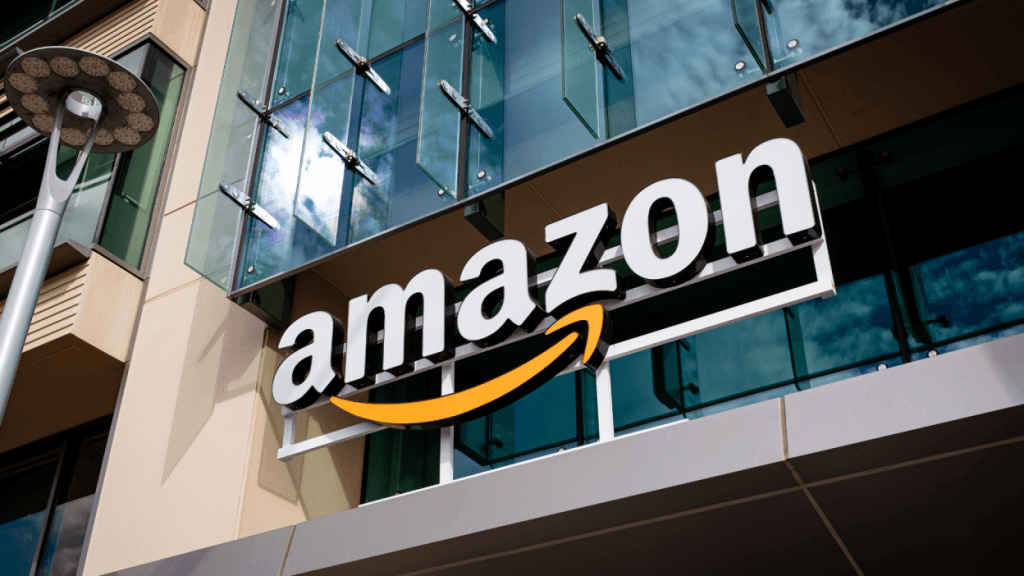Amazon Backs Modular Nuclear Build to Power AI and Cloud with Carbon-Free Energy

- A new modular nuclear power campus in Washington state will deliver up to 960 MW of carbon‐free electricity via 12 small modular reactors (SMRs).
- The $0-carbon energy source is being built by Energy Northwest and X‑energy, anchored by funding from Amazon — marking a corporate move into nuclear build-out to serve hyperscale digital loads.
- The project is expected to generate over 1,000 construction jobs and 100+ permanent roles, while serving as a showcase for next-gen reactor deployment and workforce development.
Future-proofing power supply in the Pacific Northwest
A new energy campus is poised to reshape both the region’s grid and the intersection of digital infrastructure and climate strategy. Amazon, Energy Northwest and SMR-developer X-energy today unveiled plans for the Cascade Advanced Energy Facility, a next-generation nuclear deployment designed to meet the insatiable energy demands of cloud services and artificial intelligence with reliable carbon-free power.
The facility will be built next to Energy Northwest’s existing 1 207 MW Columbia Generating Station near the Columbia River in Washington state, leveraging existing nuclear-centric infrastructure and institutional expertise.
Modular nuclear at scale
The Cascade facility adopts X-energy’s Xe-100 high-temperature gas-cooled reactor design. The initial phase will deploy four 80 MW units (320 MW total) and includes an option to expand through three blocks (12 units) to deliver up to 960 MW.
According to the partners, this modular approach shrinks the physical footprint compared to traditional nuclear plants: the full 960 MW build will occupy just “a few city blocks” versus more than a square mile for many gigawatt-scale sites.
Construction is targeted to begin by the end of the decade, subject to regulatory and licensing milestones; commercial operations are projected in the 2030s.
Corporate capital meets advanced nuclear governance
Amazon’s backing of Cascade goes beyond a standard power purchase agreement. The company’s Climate Pledge Fund previously invested in X-energy’s reactor and fuel-fabrication platform.
Amazon holds rights to purchase electricity from the first block; further capacity will serve both the company and regional utilities. By financing early‐stage development and offtake, Amazon is enabling a first-mover nuclear build that could validate SMR deployment for high-growth digital infrastructure.
On the public-governance side, Energy Northwest has engaged in environmental reviews, permitting and tribal outreach in preparation for its US Nuclear Regulatory Commission application.
RELATED ARTICLE: Amazon Unveils Geothermal, Solar-Powered Fulfillment Center in Japan
Workforce, community and supply-chain implications
The Cascade project is expected to create more than 1,000 construction jobs and over 100 permanent engineering and operational roles in the region.
To support the future nuclear workforce, the partners have established an Energy Learning Center at Columbia Basin College, including a simulator mirroring the Xe-100 control room.
On the supply-chain front, X-energy and Amazon have struck a strategic collaboration with South Korea’s Korea Hydro & Nuclear Power and Doosan Enerbility to accelerate manufacturing scale and global deployment of Xe-100 reactors. The parties estimate mobilisation of up to $50 billion in public and private investment to deploy at least 5 GW of U.S. SMR capacity by 2039.
Strategic take-aways for corporate and ESG leaders
For C-suite executives and investors, this initiative embodies a convergence of several strategic imperatives:
- Energy security for digital growth: As AI and data-centres push demand higher, firms are looking beyond renewables for baseload, carbon-free power.
- Climate and governance alignment: By financing nuclear build-out, Amazon secures a long-term hedge against grid volatility and aligns with net-zero commitments while engaging with regulatory and licensing regimes at state/federal level.
- New cost-curve for nuclear: Modular reactors could reshape capital-intensive nuclear economics—if delivered on schedule and budget, they offer carbon-free dispatchable power that utilities and corporates can secure.
- Local ecosystem and community buy-in: Job creation, workforce training and regional supply-chain development strengthen the social licence and regional resilience of complex infrastructure.
- Global export potential: With the Korea partnership and standardized modules, the project illustrates how corporate capital can catalyse next-gen nuclear scale-up across jurisdictions.
Looking ahead: global ripple effects
While Cascade is located in the Pacific Northwest, its implications stretch globally. Advanced nuclear deployment—once largely the domain of state utilities—is now a corporate-driven endeavour tying climate strategy directly to data-centre power supply. If the facility achieves its timeline and cost targets, it may open the door for other hyperscalers and industrial players to secure bespoke low-carbon energy infrastructure.
For policymakers, the project tests the effectiveness of licensing frameworks, supply-chain readiness, workforce pipelines and financial mechanisms for first-of-a-kind nuclear builds. For asset owners and sustainable-investment fiduciaries, it raises questions about nuclear inclusion within ESG mandates, investment roadmaps and rate-of-return horizons.
In short, Cascade is not just a US-based project; it is a test case for how nuclear energy may be repurposed at scale to serve 21st-century carbon-intensive operations. The global ESG community will be watching whether ambition aligns with execution.
Follow ESG News on LinkedIn











